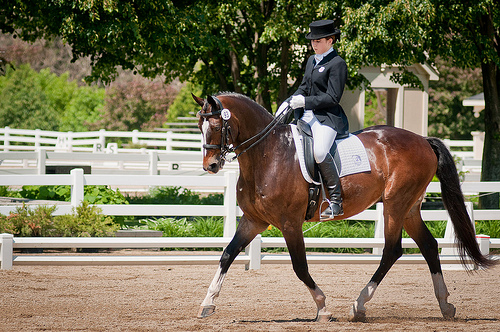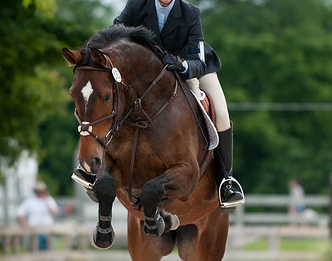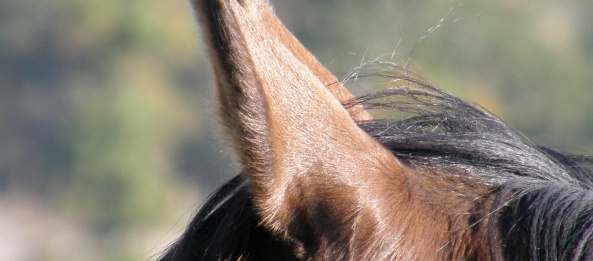Think of impulsion as the horse’s willingness and energy to go forward. Almost like a car – when you put your foot on the accelerator you want it to move forward immediately. Power would be great too. So how do you create impulsion when schooling your horse?
1. Use transitions
Transitions can help get your horses hocks underneath him or her. They can help get your horse pushing off his or her hock. A good exercise is to trot, walk for one step and then immediately trot again. Repeat this at least 8 times on each rein. Do more if necessary throughout your session.
2. Lengthening and shortening
Choose a pace e.g. trot. Then lengthen for 4 strides, shorten for 4 strides and keep repeating the exercise. The constant changes mean that you have to be quite demanding of your horse. You have to collect him or her on each shortening. If your horse is more balanced, do this exercise on a 20m circle.
3. Pole work
Walking, trotting or cantering poles help make your horse think where her or her legs are being placed. They also help build strength and improve balance.
4. Ensure you are giving the correct aids
Impulsion is created from behind and into the hand. You may need someone on the ground to check the balance and timing of your leg aids to your hand.
5. Ensure your horse is listening to your aids
Don’t nag with your leg. You should not be closing a leg with each stride. If you are, your horse is probably not working with impulsion. Your leg should generally be at passive your horse’s side. Your horse should be working into your hands and you should be using your legs to instruct or correct your horse once in a while. Then you know that your horse is working with impulsion. If you are nagging with your legs your horse is not listening to your aids. If this is happening you should apply leg and give a tap with your whip to get a response.
“The blog is the personal opinion and views of the author. It contains general information and may contain inaccuracies. You should always seek the advice of a professional horse riding instructor on your own specific situation and circumstances.”






